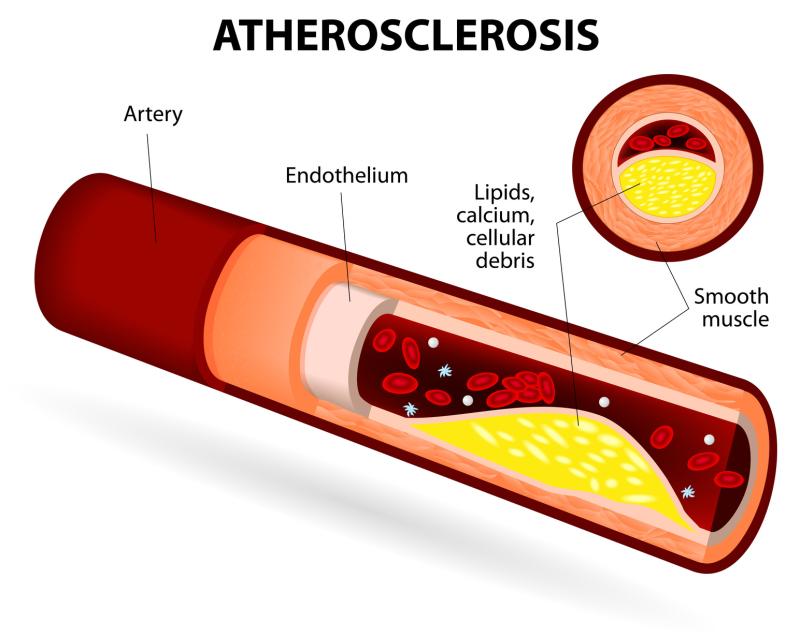
Higher values of plasma aldosterone concentration (PAC) show a robust association with some metabolic variables, including triglycerides, urinary albumin excretion (UAE), carotid intima-media thickness (cIMT), worse ankle-brachial index (ABI) and major prevalence of carotid plaques, a recent study has shown.
These variables, alongside high blood pressure values, strongly correlated with an increased risk of atherosclerosis and cardiovascular complications.
This study sought to examine the association between PAC and some surrogate markers of subclinical atherosclerosis, such as cIMT, ABI and biochemical parameters in patients with essential hypertension.
A total of 804 essential hypertensive patients (mean age, 50±14 years; 407 men) without cardiovascular complications were consecutively enrolled from January 2014 to December 2017 and were categorized into quartiles based on their PAC values.
The highest PAC quartile, compared with the first quartile, correlated with the highest levels of serum uric acid (5.3±1.3 vs 5.0±1.0 mg/dl; p=0.01), triglycerides (117.5±15.7 vs 106.8±10.5 mg/dl; p<0.05), 24-h UAE (38.8±7.6 mg/24 h; p<0.05), cIMT (0.87±0.22 vs 0.80±0.21 mm; p=0.001) and increased prevalence of carotid plaques (26 percent vs 16 percent; p<0.005).
In addition, patients with PAC >150 pg/ml had significantly lower ABI than those with PAC <150 pg/ml (1.01±0.09 vs 1.10±0.09; p<0.022). Moreover, PAC independently predicted the presence of carotid plaques and pathological ABI (<0.9) in essential hypertensive individuals.
“The adrenal mineralocorticoid system plays a key role in cardiovascular, metabolic and renal damage,” the authors noted.